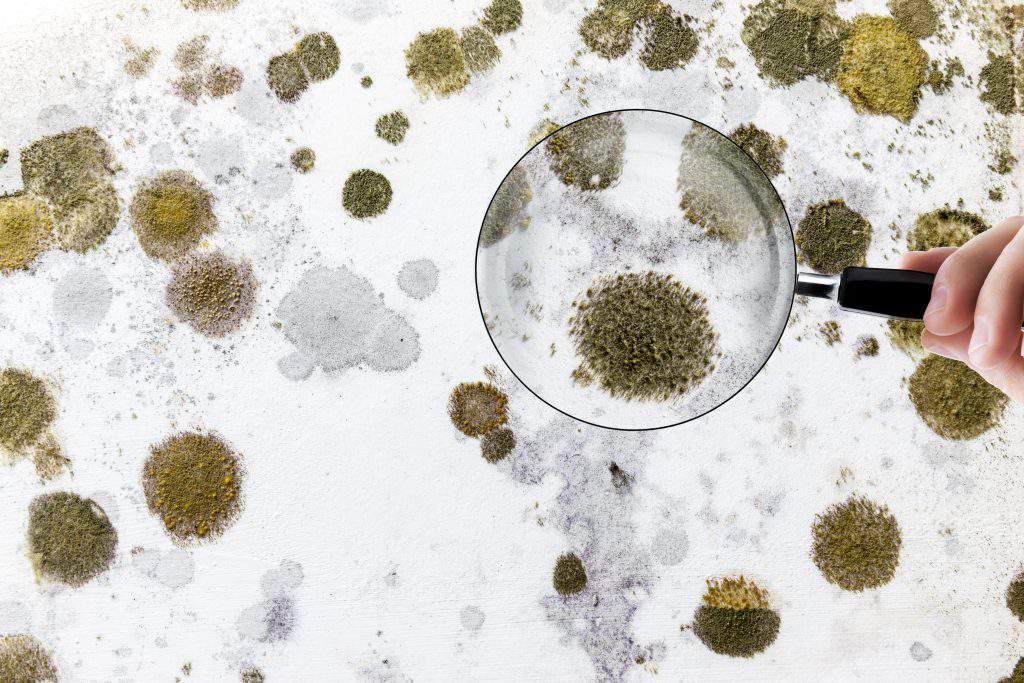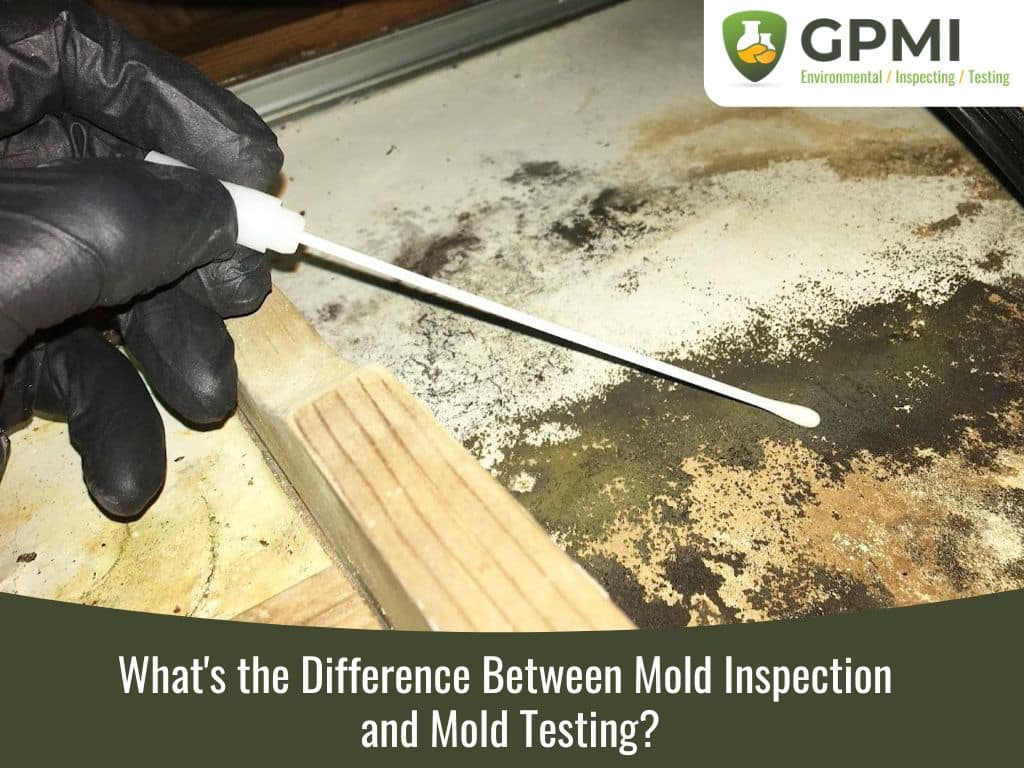Assistance on What to Do After Mold Remediation
Wiki Article
Key Steps for Successful Blog Post Mold And Mildew Removal
Dealing with mold and mildew issues in a timely and efficient manner is critical for maintaining a healthy interior atmosphere. Successfully completing mold removal is a complex process that needs interest to detail and adherence to details methods. From examining treated locations to executing dampness control steps, each step plays an important role in guaranteeing the effectiveness of the removal procedure. Nevertheless, there are key post-remediation actions that are just as important yet typically forgotten. These actions not just validate the success of the removal initiatives yet also contribute to stopping future mold and mildew growth.Assessment of Treated Areas
Upon completion of the mold remediation process, a comprehensive evaluation of the dealt with areas is necessary to make certain the efficiency of the removal initiatives. This evaluation functions as an important action in the post-remediation phase to verify that the mold and mildew removal and clean-up treatments were successful in removing the mold and mildew infestation and recovering a secure indoor environment. The examination needs to be performed by certified experts who have the expertise to analyze the remediated areas meticulously.During the assessment, various aspects are reviewed to determine the success of the remediation process. These include aesthetic assessments to check for any kind of indications of mold and mildew growth or water damages, wetness degrees to verify that the location is completely dry and free of excess moisture that can promote mold and mildew re-growth, and air quality screening to make certain that the interior air is safe to take a breath. Furthermore, the assessment may include using specialized tools such as moisture meters and thermal imaging video cameras to find concealed mold and mildew or wetness pockets that can cause future mold troubles if left unattended. On the whole, a detailed evaluation of the treated locations is vital to validate the efficiency of the mold and mildew remediation initiatives and provide comfort to the passengers of the building.

Dampness Control Measures
Efficient dampness control procedures are crucial for avoiding mold and mildew development and preserving a healthy and balanced indoor environment. Additionally, using dehumidifiers in damp locations can assist minimize moisture levels, making it harder for mold to flourish.Routinely preserving the building and checking's exterior can additionally stop wetness intrusion. Post Mold remediation cleaning. Making certain that seamless gutters are clear, downspouts direct water far from the structure, and the roofing system remains in great condition can aid avoid water from leaking into the structure. Properly securing doors and windows can likewise aid keep wetness out
In instances where water damage occurs, prompt activity is needed. Any type of spills or leaks must be cleaned up and dried out within 24-48 hours to stop mold and mildew development. Utilizing moisture meters can assist discover hidden sources of water and ensure detailed drying. By applying these wetness control procedures, the risk of mold repeating can be substantially minimized, creating a much healthier indoor environment.
Appropriate Air Flow Assessment
An important element of making sure a healthy interior environment post mold Post Remediation verification and mildew removal is conducting a complete evaluation of the ventilation system. Post Remediation Inspection near me. Appropriate air flow assessment plays a vital duty in avoiding future mold and mildew growth and preserving air high quality within the affected room. Throughout the analysis, specialists evaluate the effectiveness of the air flow system, looking for any kind of clogs, leakages, or breakdowns that could impede appropriate air movement. It is vital to ensure that the ventilation system is appropriately sized for the space it serves and that it fulfills sector criteria for air currency exchange rate.Moreover, assessing the air flow system consists of examining the distribution of air throughout the area to identify any kind of areas of poor circulation where dampness and pollutants could collect. Appropriate ventilation not only aids in managing humidity levels yet likewise aids in eliminating airborne mold spores and other contaminants, consequently enhancing general indoor air quality. By resolving any type of ventilation concerns post mold and mildew remediation, residential or commercial property proprietors can create a much healthier and much more comfy atmosphere for occupants while decreasing the threat of mold re-infestation.
Cleansing and Sanitation Protocols
To make certain detailed mold and mildew removal, thorough adherence to specific cleaning and disinfection methods is crucial. Cleansing and disinfection methods play an important duty in the post-mold remediation stage to protect against the reoccurrence of mold and mildew growth and make sure a safe and healthy setting. The primary step in this procedure is the removal of any type of noticeable mold and mildew growth making use of appropriate cleaner and techniques. It is vital to make use of EPA-approved fungicides and anti-bacterials to efficiently remove mold and mildew spores and avoid their regrowth.After the first cleansing, complete disinfection of the influenced locations is required to kill any type of remaining mold spores and inhibit their proliferation. This step is critical in avoiding the spread of mold and mildew to various other components of the property. Furthermore, applying preventative actions such as using mold inhibitors and maintaining proper air flow can aid minimize the danger of future mold infestations. By complying with stringent cleaning and sanitation methods, homeowner can ensure the successful elimination of mold and develop a healthy and balanced indoor environment for owners.
Monitoring and Maintenance Strategy
Carrying out a normal monitoring and maintenance strategy is vital for making sure the lasting effectiveness of mold and mildew remediation initiatives. Once mold and mildew removal is completed, it is crucial to develop a monitoring schedule to examine the success of the removal process.In addition, establishing a maintenance plan is crucial to preventing future mold concerns. Regular upkeep not just helps in preventing mold and mildew however also contributes to preserving a healthy indoor environment - Post Mold remediation cleaning.
Verdict
To conclude, successful blog post mold and mildew removal involves extensive inspection of treated locations, execution of dampness control actions, assessment of correct air flow, adherence to cleansing and disinfection procedures, and establishment of a tracking and upkeep plan. These key actions are crucial to make sure that mold and mildew growth is successfully removed and avoided from reoccuring in the future. By following these guidelines, building owners can maintain a healthy and balanced and risk-free environment for occupants.Upon conclusion of the mold remediation process, a thorough assessment of the dealt with locations is vital to ensure the performance of the remediation efforts. These consist of visual evaluations to examine for any type of indications of mold development or water damages, moisture levels to confirm that the location is dry and free of excess moisture that can promote mold re-growth, and air quality testing to make sure that the indoor air is safe to breathe. Furthermore, the assessment may include making use of specialized devices such as moisture meters and thermal imaging cams to spot surprise mold or wetness pockets that might lead to future mold issues if left unattended. By attending to any air flow problems upload mold and mildew removal, home proprietors can create a healthier and extra comfortable environment for occupants while minimizing the danger of mold and mildew re-infestation.

Report this wiki page